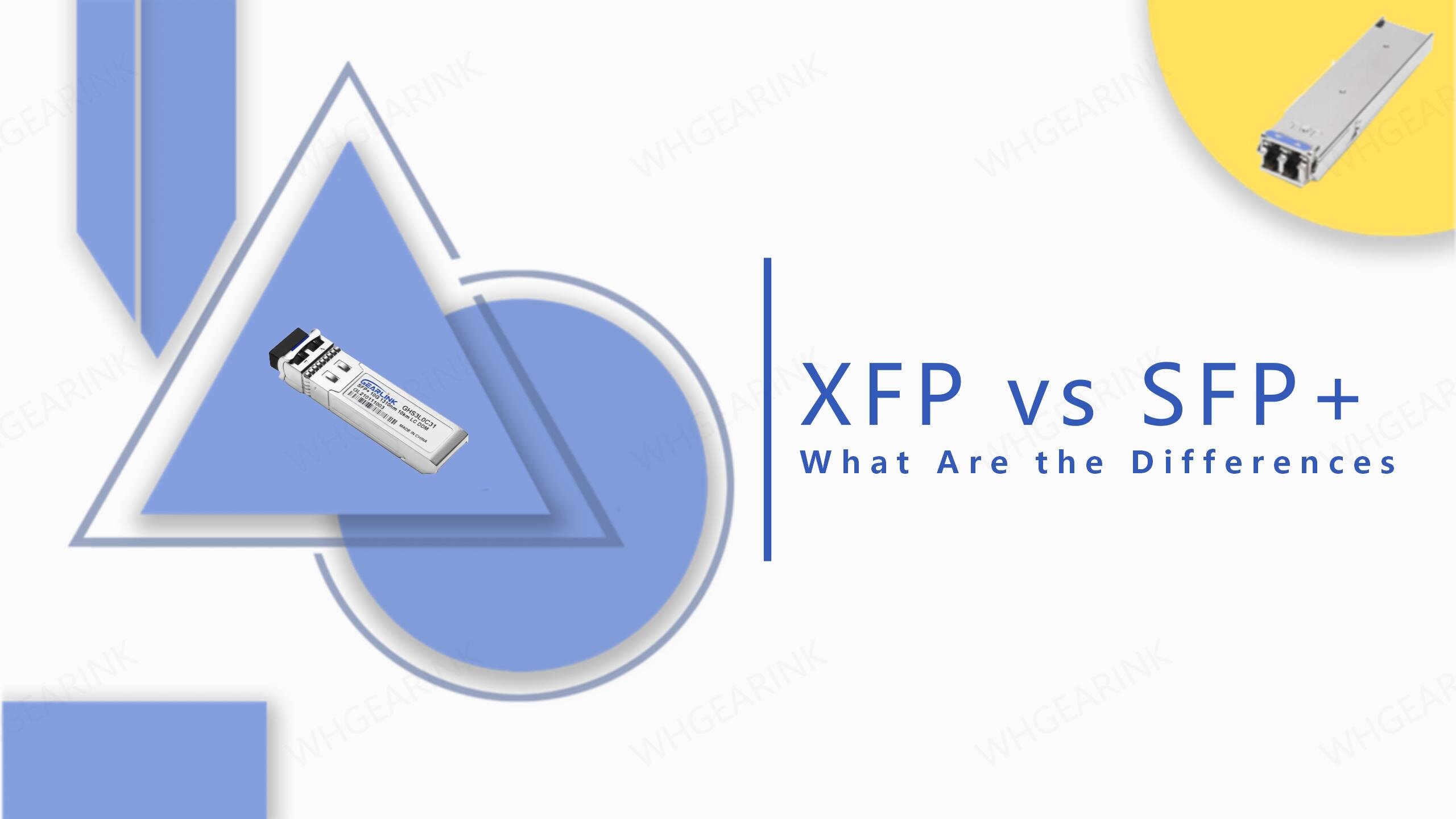
In the realm of fiber optic networking, optical modules serve as the essential components that facilitate smooth data transmission. The market continues to embrace 10G fiber optic transceivers like the 10G XFP and 10G SFP+, prompting a closer examination of XFP versus SFP+. What are the difference? What’s the definition of XFP and SFP? How about their application scenarios? Find all the answers in the following.
SFP+ is a type of optical transceiver module used in networking equipment. It is designed for transmitting and receiving data at high-speed, typically at 10 Gigabits per second (10Gbps). XFP is another type of optical transceiver module designed for networking. It is specifically engineered for 10 Gigabit per second (10Gbps) data transmission. SFP+ modules are smaller in size compared to XFP, which allows for greater port density in networking equipment. They are widely used in data centers and networking environments where 10Gbps connectivity is required.
Although both of the XFP and SFP+ modules are mainly used in 10G fiber optic networking, 10G XFP transceivers differs from 10G SFP+ optics in some specifications. Let's look at the details from the following figures.
| 速率 | 遵从协议 | 外观尺寸 | 传输距离 | 波长 | |
| SFP+ | 6G;8.5G;10G | IEEE 802.3ae、XFP MSA | 56.5mm×13.9mm | 220m/300m/2km/10km/20km/40km/60km/120km | 850nm/1310nm/1550nm;1310nm/1490nm/1550nm; 1270-1610nm;ITU17~ITU61 |
| XFP | 10G | IEEE 802.3ae、SFF-8431、SFF-8432 | 77.7*36mm | 300m/2km/10km/15km/20km/40km/60km/80km/120km/150km | 850nm/1310nm/1550nm;1310nm/1490nm/1550nm; 1270-1610nm;ITU17~ITU61 |
XFP optical modules provide connectivity solutions for a range of applications, including data centers, enterprise wiring closets, and service provider transport networks.
10G SFP+ Transceivers are extensively employed in 10G switches, routers, servers, NICs, and similar transmission equipment. Known for their efficiency with low power consumption and high-speed capabilities, SFP+ modules are well-suited for use in data centers, enterprise wiring closets, and various other networking environments. You can follow the provided link for more detailed information. Furthermore, it's worth noting that 10G XFP and SFP+ transceivers can be seamlessly used together within the same Ethernet network, as long as they adhere to compatible protocols and operate at the same wavelength and signaling rate.
Yes, it is possible to use XFP and SFP+ modules in the same network, but compatibility and careful configuration are key.
Yes, XFP modules have been gradually phased out in favor of SFP+ modules, particularly for 10Gbps applications.
The maximum transmission distance of an SFP+ module varies from around 300 meters to 120 kilometers, depending on module type and fiber used.
Yes, there are cost-effective alternatives to XFP and SFP+ modules, such as QSFP and QSFP+ for higher data rates, and GBIC for older, lower-speed applications.
To transition from XFP to SFP+ in your network, assess requirements, verify equipment compatibility, select appropriate modules, schedule downtime for installation, configure, test, update documentation, monitor, train staff, and plan for future scalability.

